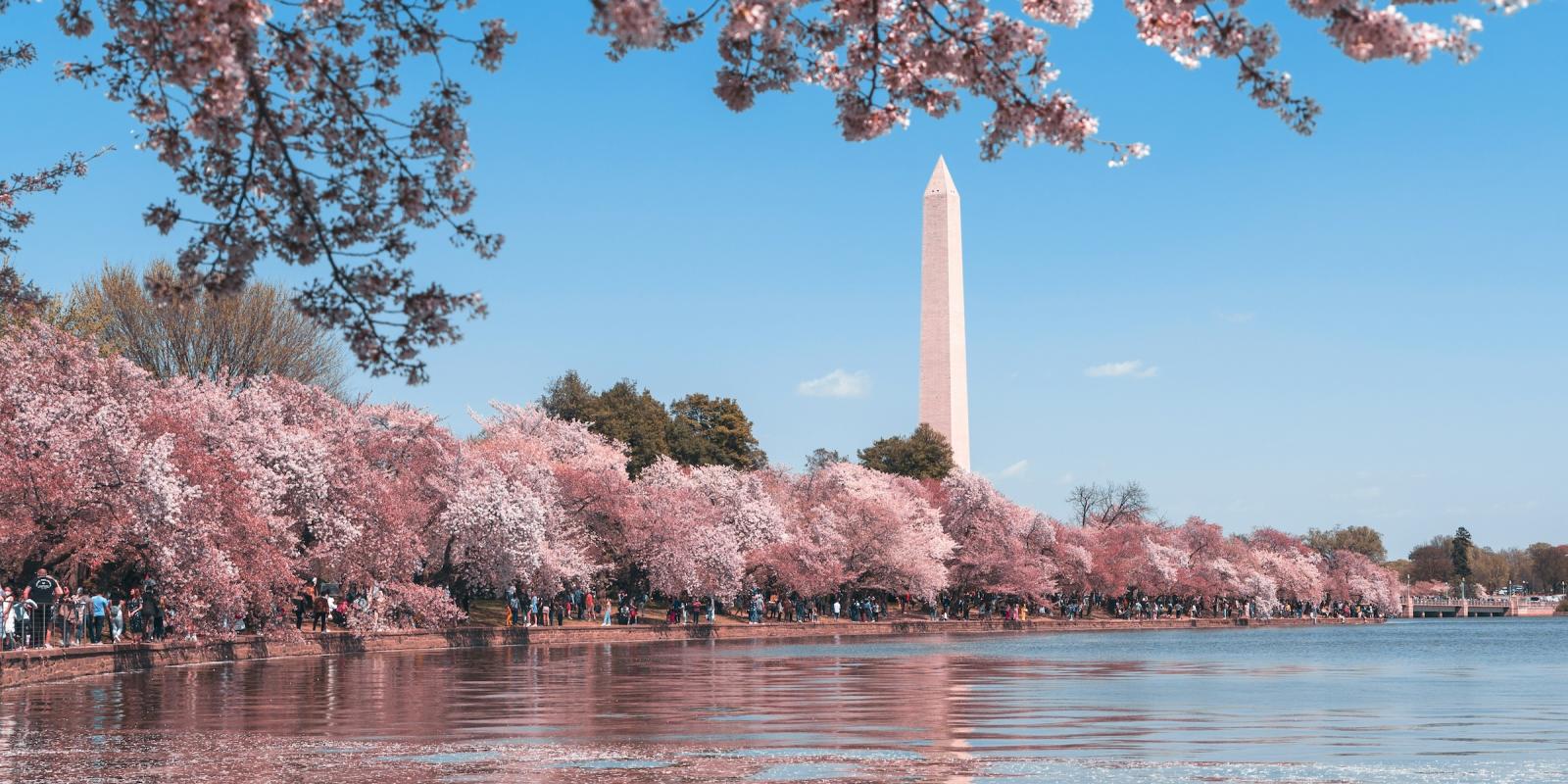The Washington Saengerbund was officially established on April 20th, 1851, and has gone on to become the longest enduring German singing society in the District. From 1874 to 1893, the society met above Charles “Baldy” Dismer’s restaurant at 708 K St. NW in Mount Vernon Square. During that time, the organization enjoyed exponential growth, consisting of nearly 500 members both active and passive by 1894. This influx of members created an evident need for the society to have its own clubhouse, and this dream became a reality in November 1893 when the Saengerbund purchased a house at 314 C Street NW, which would become the site of many extravagent parties, concerts, and bowling matches for the next 27 years.
